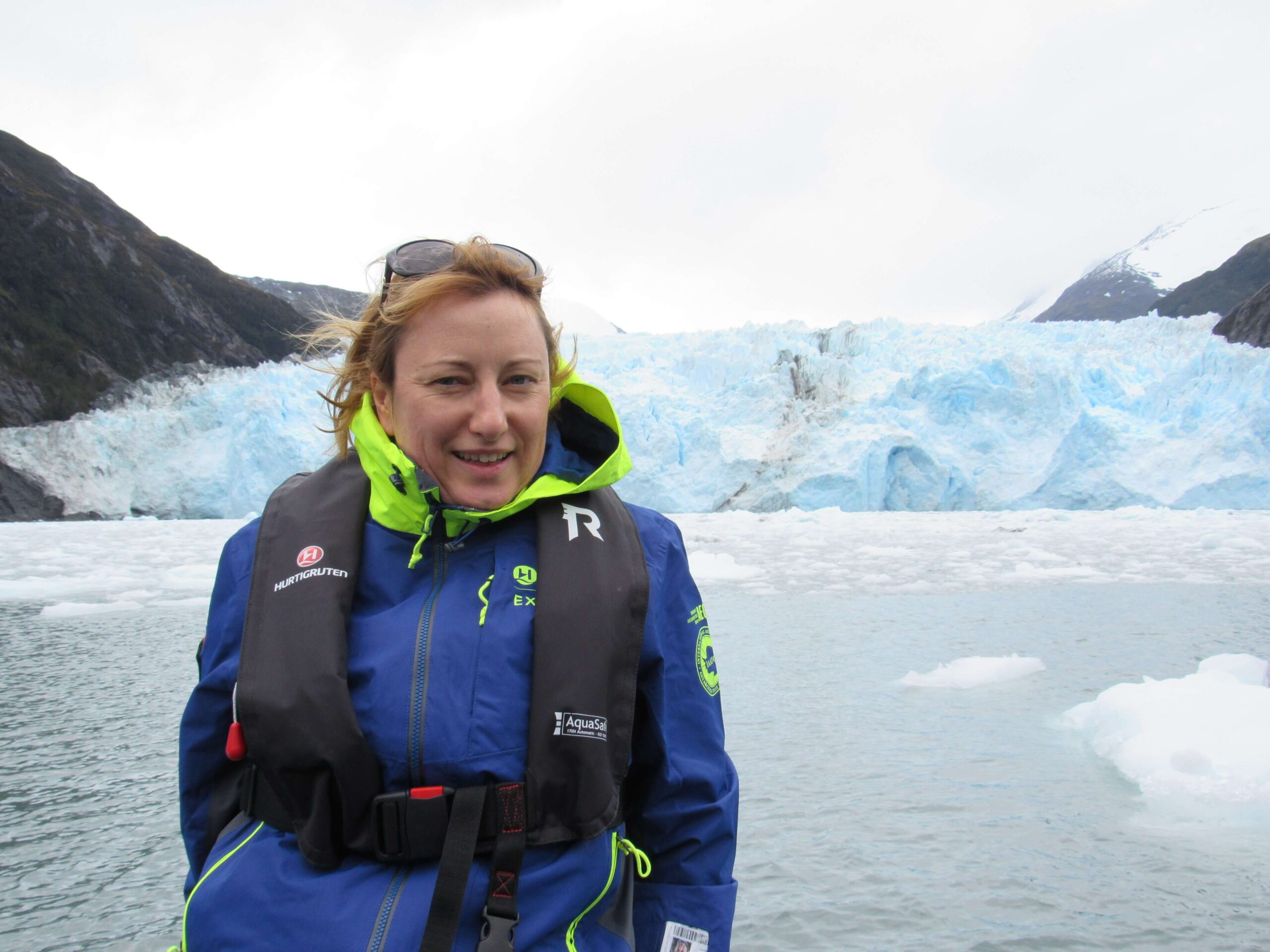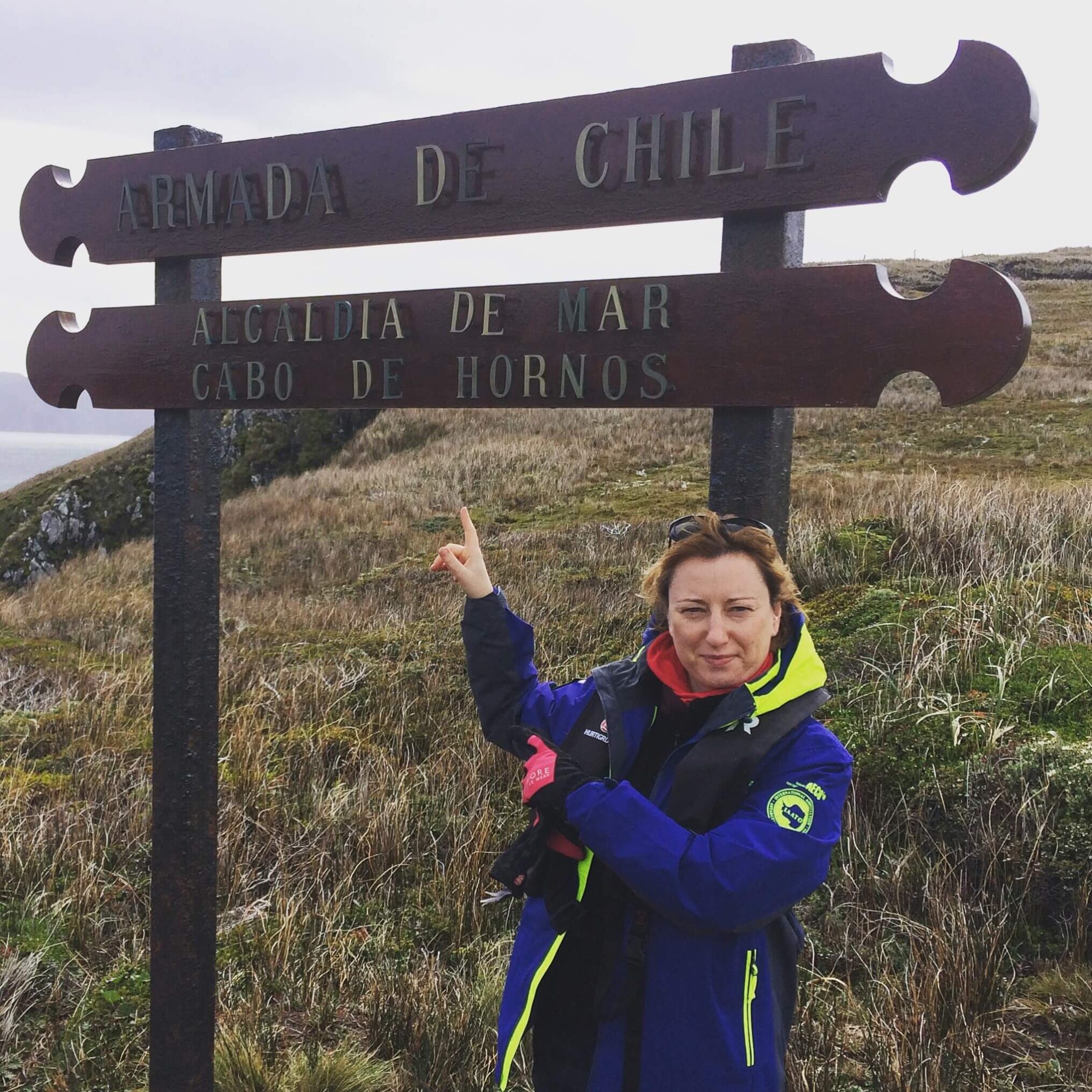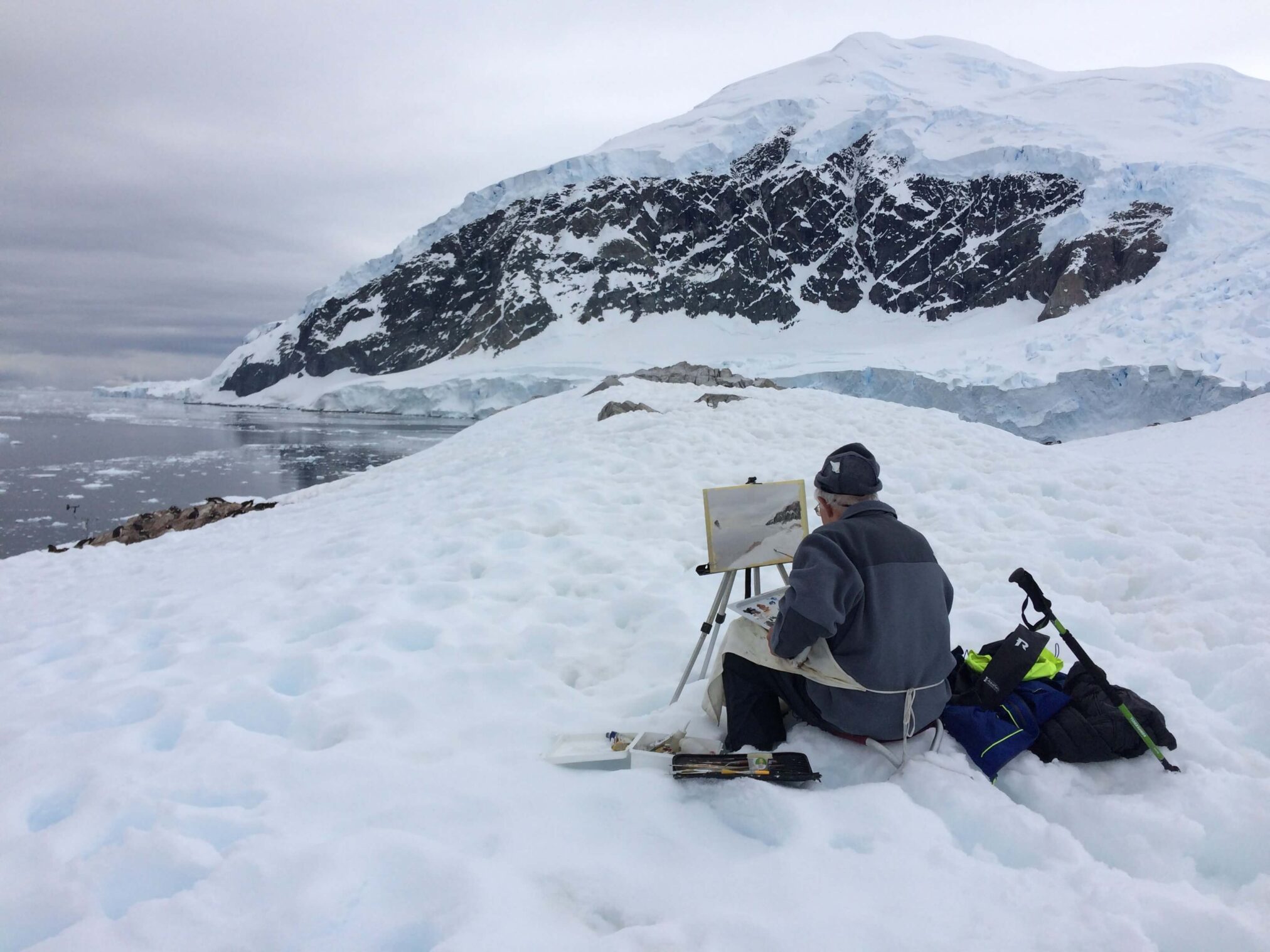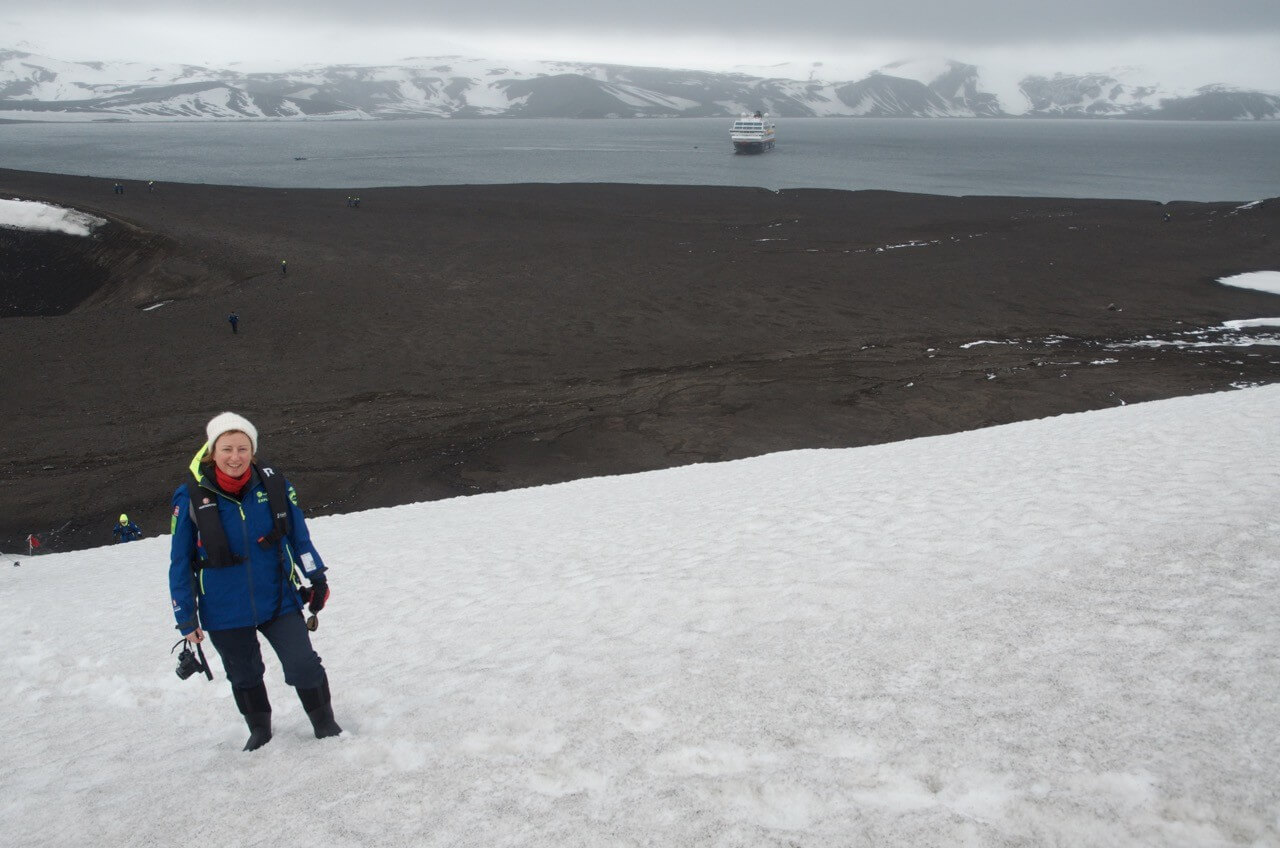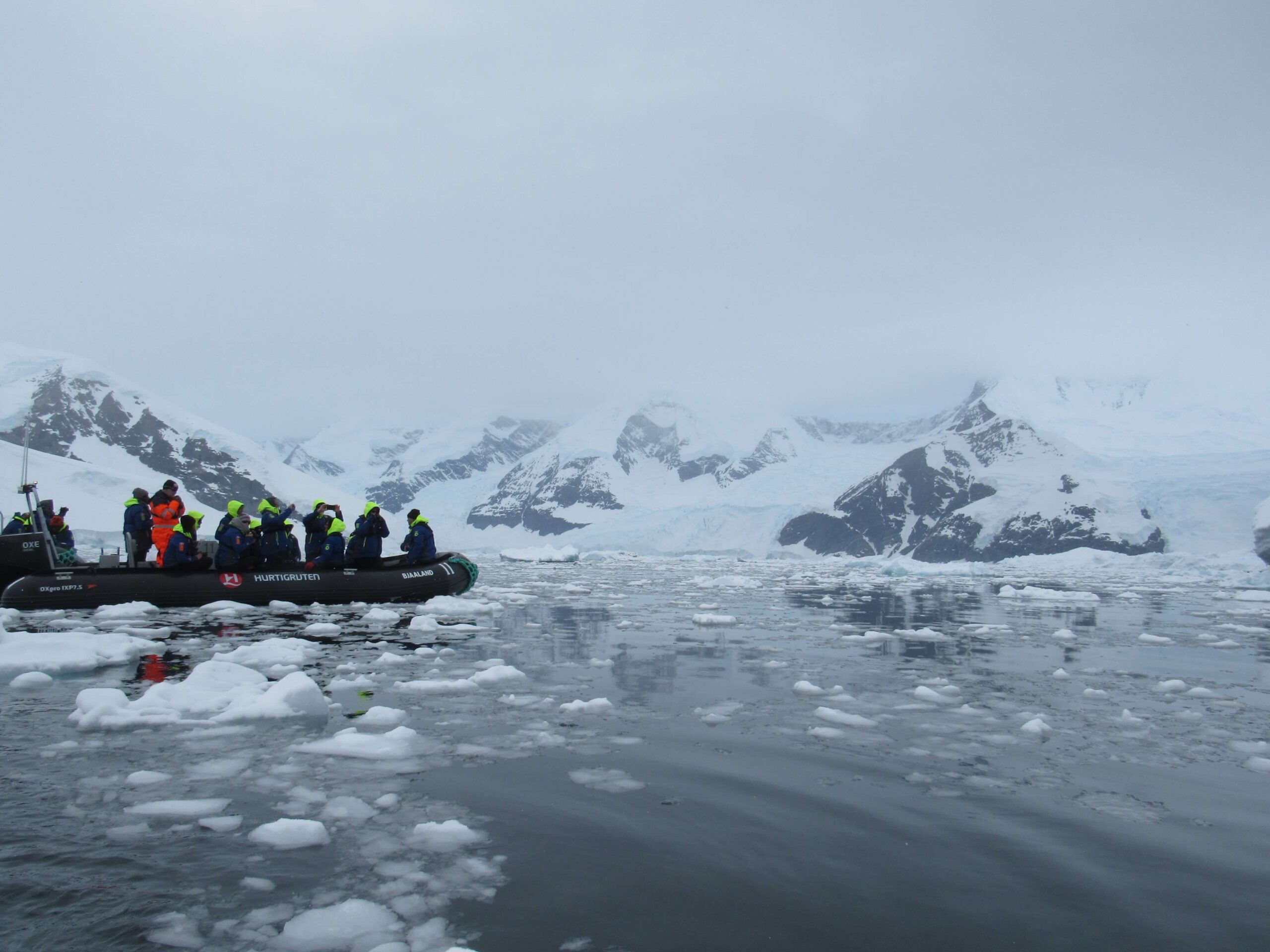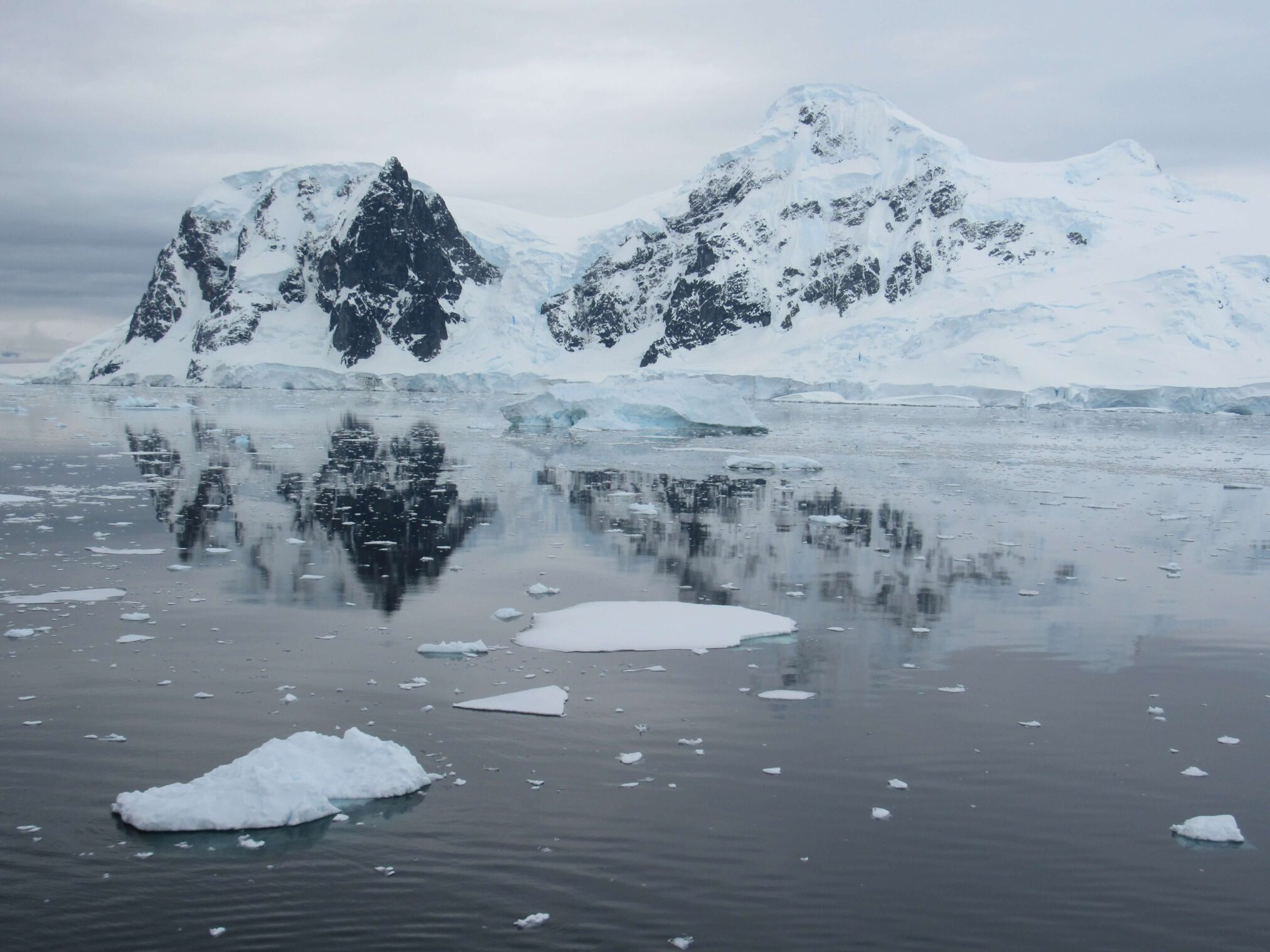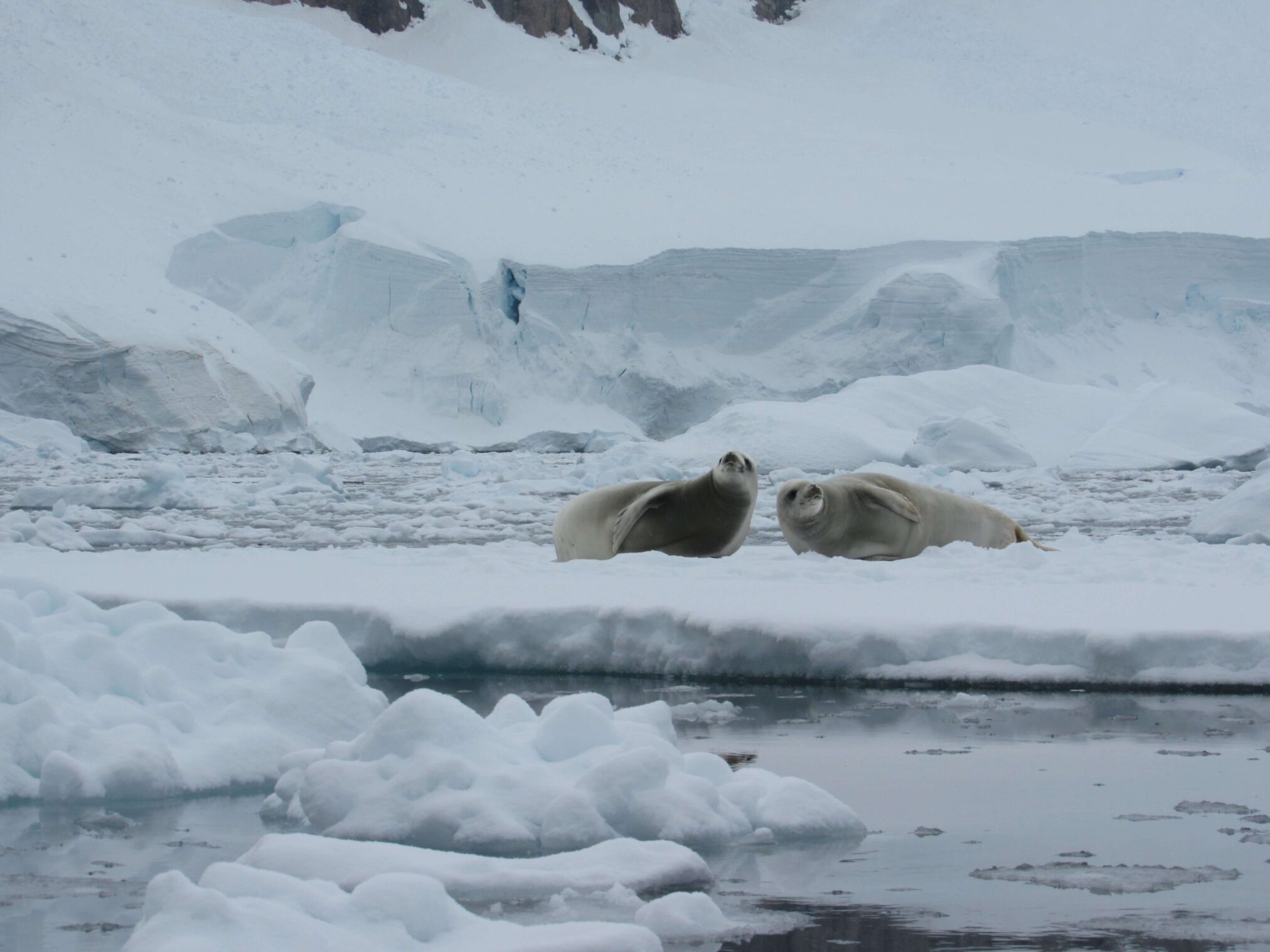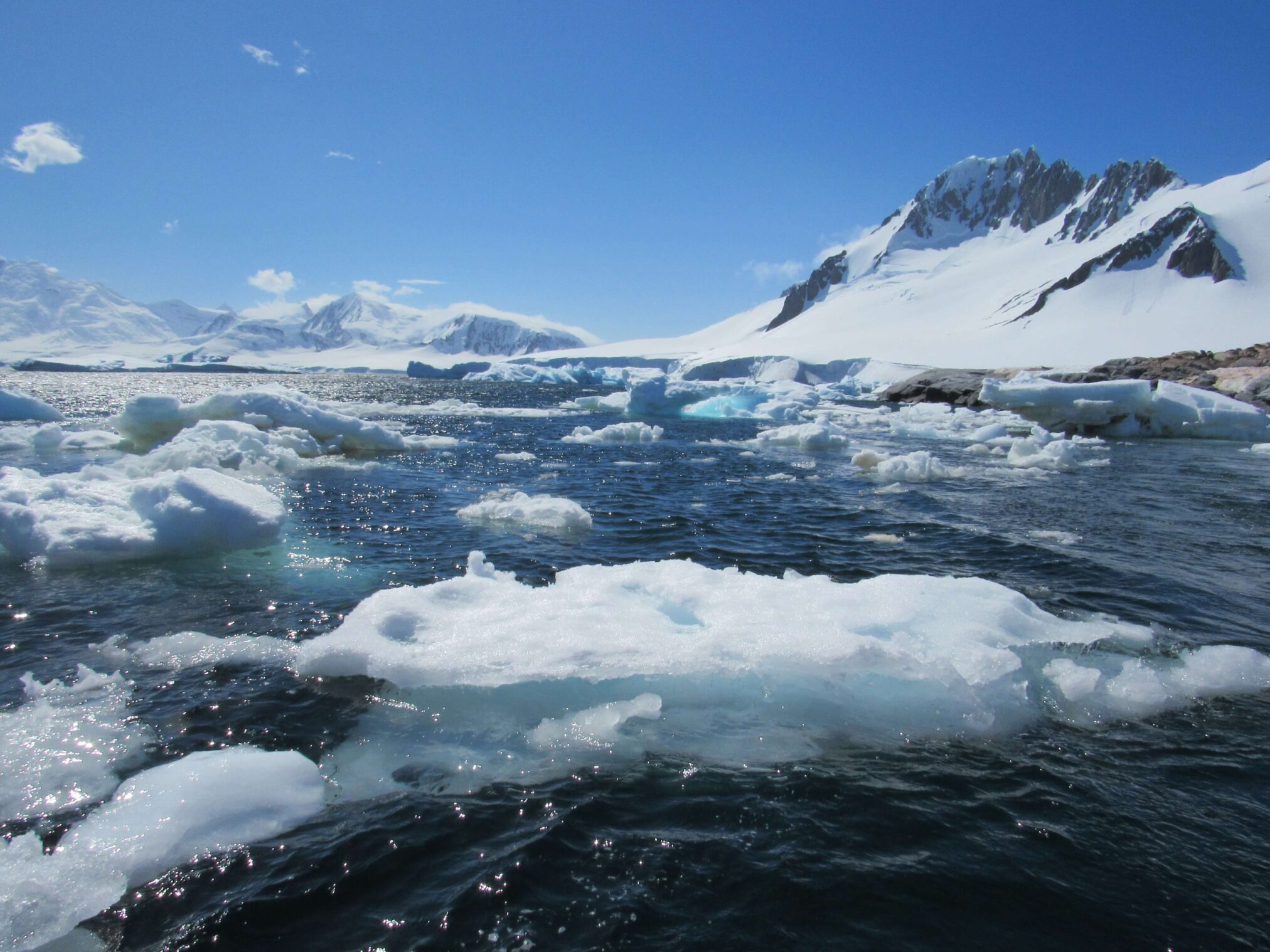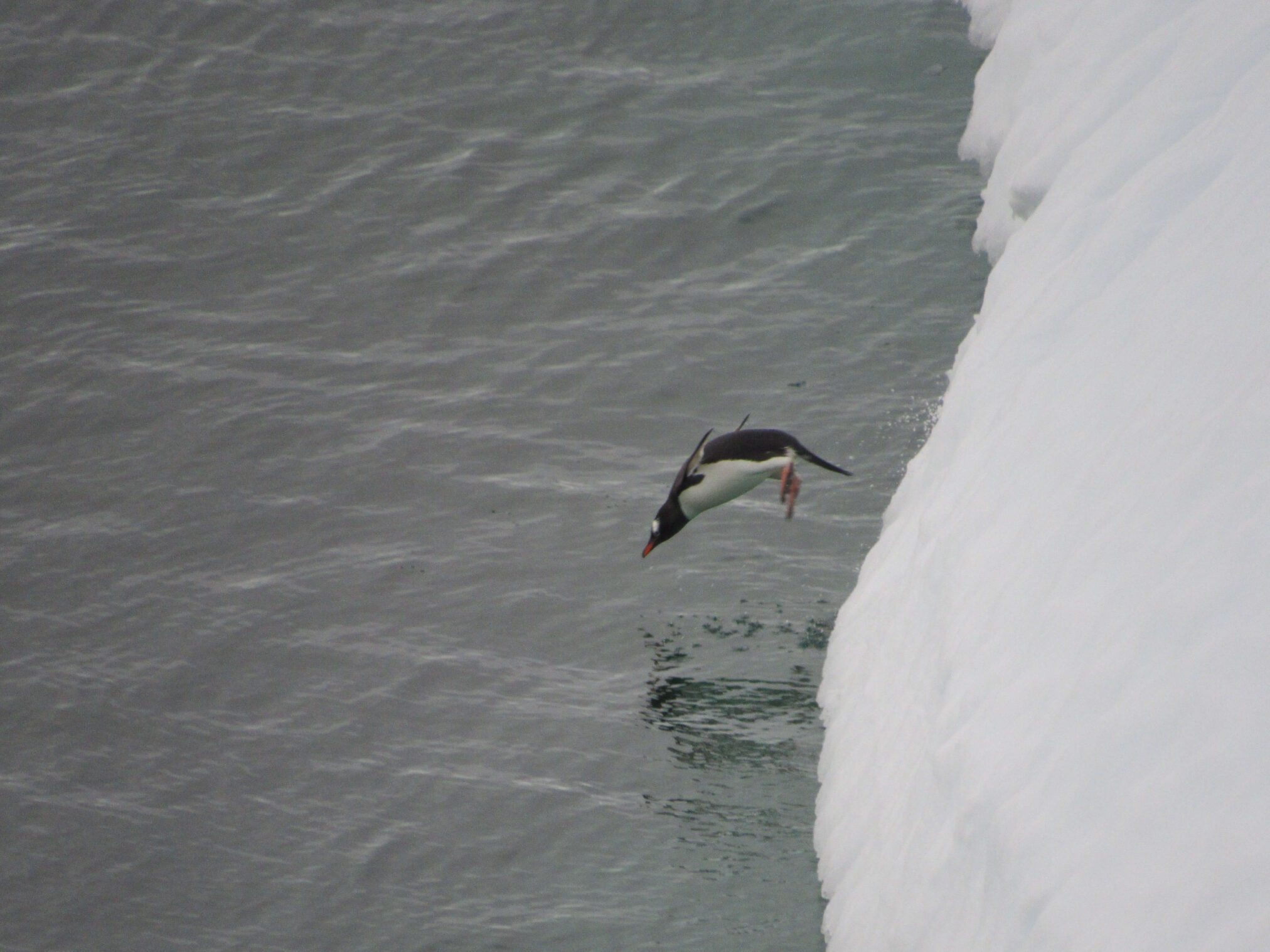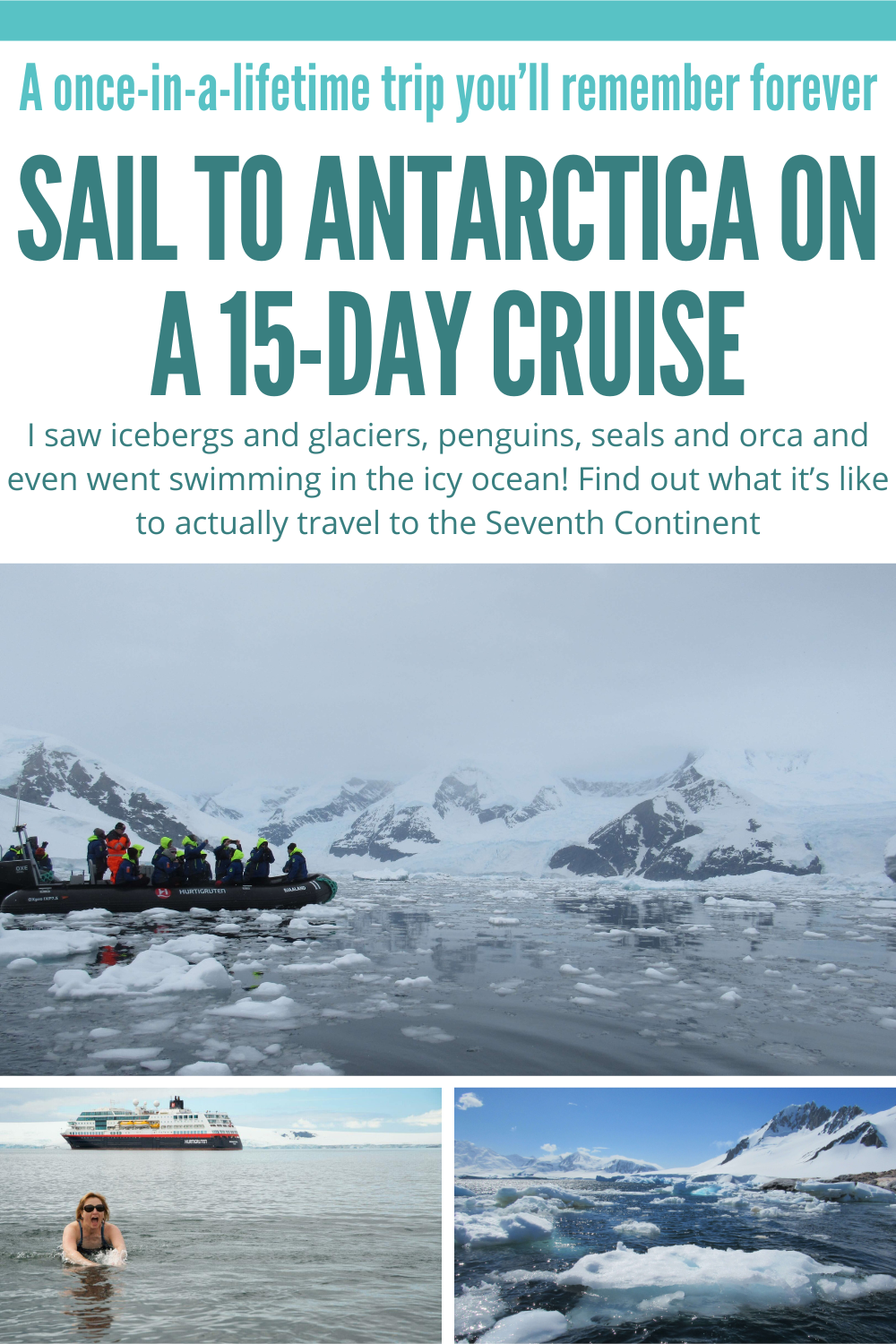My Antarctica cruise – a once-in-a-lifetime trip
To embark on a cruise to the Antarctic is to follow in the footsteps of famed explorers of the past: Darwin, Shackleton, Scott, Magellan, Amundsen and discover places with names as evocative as from a the pages of a novel: Half Moon Island and Deception Island, Cuverville Island, the Lemaire Channel, Port Lockroy and Wilhelmina Bay.
For more information, check out
Visit Antarctica with Hurtigruten Expeditions
Hurtigruten Expeditions cruises and destinations
There is an incredible otherworldly feeling about Antarctica: the epic black-and-white landscape; the vast sense of space and sky; the glaciers and icebergs, which look as if they are lit from inside by a bright-blue fire; and the ice-topped ocean, which any moment could be disturbed by the whoosh of a whale spouting.
The Antarctic is truly like nothing else on Earth and it felt like an incredible privilege to be there.
Setting sail for the Antarctic
There are many ways to travel to Antarctica, including flights from New Zealand but starting off in South America is probably the easiest and most popular for an Antarctic cruise. My journey had begun several hundred miles north, with a night in the Chilean capital, Santiago, before a short flight to the windswept Chilean town of Punta Arenas.
Here our Hurtigruten ship, the Midnatsol (Midnight Sun) was waiting to take us through the famous Magellan Strait and Beagle Channel and onto Antarctica.
Expedition cruising
Unlike cruise lines with nightly entertainment and strict dress code, this was more of an expedition cruise for people keen to immerse themselves in their surroundings. Instead of black tie and cocktail dresses, passengers wore fleeces and active wear. There were engrossing and informative lectures about where we were travelling every night, the wildlife of Antarctica and the history of Antarctic exploration, and you couldn’t walk far before you would start comparing notes and photos with someone else on the ship.
Before we even got near the legendary white continent, we managed to pack in several adventures, including visiting my first ever glacier up close and personal. Hurtigruten’s boats were able to get us safely close to the still-expanding Garibaldi glacier to see the amazing blue fire that comes from within the ice. There was a streak of vegetation down the middle where it had previously turned a corner and swept up trees and other vegetation from the edge.
Visiting Cape Horn
After spending a day kayaking and exploring the quiet, laid-back town of Puerto Williams, the world’s most southerly settlement, we were lucky to be able to land at the fabled Cape Horn. It was thrilling to walk to the Cabo de Hornos albatross monument and feel as if we were teetering on the very edge of the Earth.
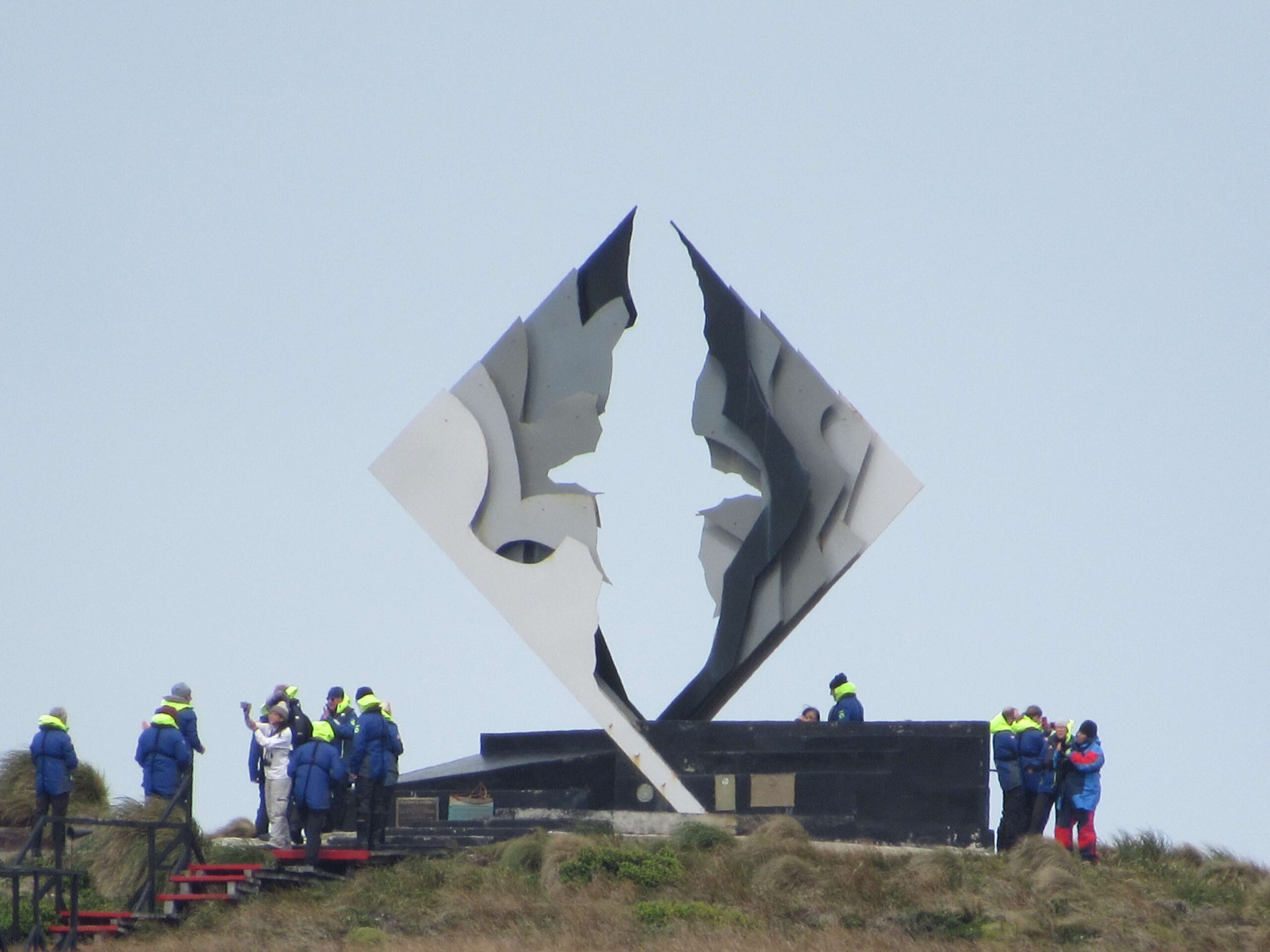
The Cabo de Hornos monument at Cape Horn shows an albatross in flight and commemorates all the sailors who lost their lives trying to round the horn
The sculpture was designed by Chilean sculptor José Balcells Eyquem in 1992 and shows an albatross in flight, the seafaring symbol for souls lost at sea commemorating the 10,000 or more sailors who perished rounding the horn.
Drake Passage and Half Moon Island
There was an day and a half’s sailing ahead of us, so it was a great time for a full briefing about IAATO and how to behave in Antarctica, such as giving wildlife space, not taking anything but pictures, and the need to disinfect our boots every time we went ashore, as well as vacuuming our bags and clothes in advance of our visit to remove dirt and seeds.
For more information and other cruises, visit
Travel to Antarctica with Hurtigruten Expeditions
Sailing the Norwegian coast with Hurtigruten’s Coastal Express
Hurtigruten Cruises sailings and destinations
All-inclusive sailing holiday on a traditional gulet boat in Turkey
Cruising to Guernsey, Spain and France with P&O Britannia
Visting Svalbard in summer – 24 hour sunshine, quad bikes and RIB cruises
Visiting Svalbard in winter – my epic trip with Northern Lights, dog sledding and exploring glaciers
After 36 hours crossing the 500-mile wide Drake Passage – we were fortunate to have a smooth crossing, but I know it can be a choppy journey – we woke up to find all the colour had been sucked from the world.
This was Half Moon Island, the site of the first of our many encounters with penguins – and an Antarctic swim! I had imagined my Antarctic expedition dozens of times but I’d never pictured myself plunging into the icy ocean (after a few seconds in zero-degree temperatures, the water really starts to bite) and then drying off on a pebbly beach in the sunshine – the weather conditions were simply stunning.
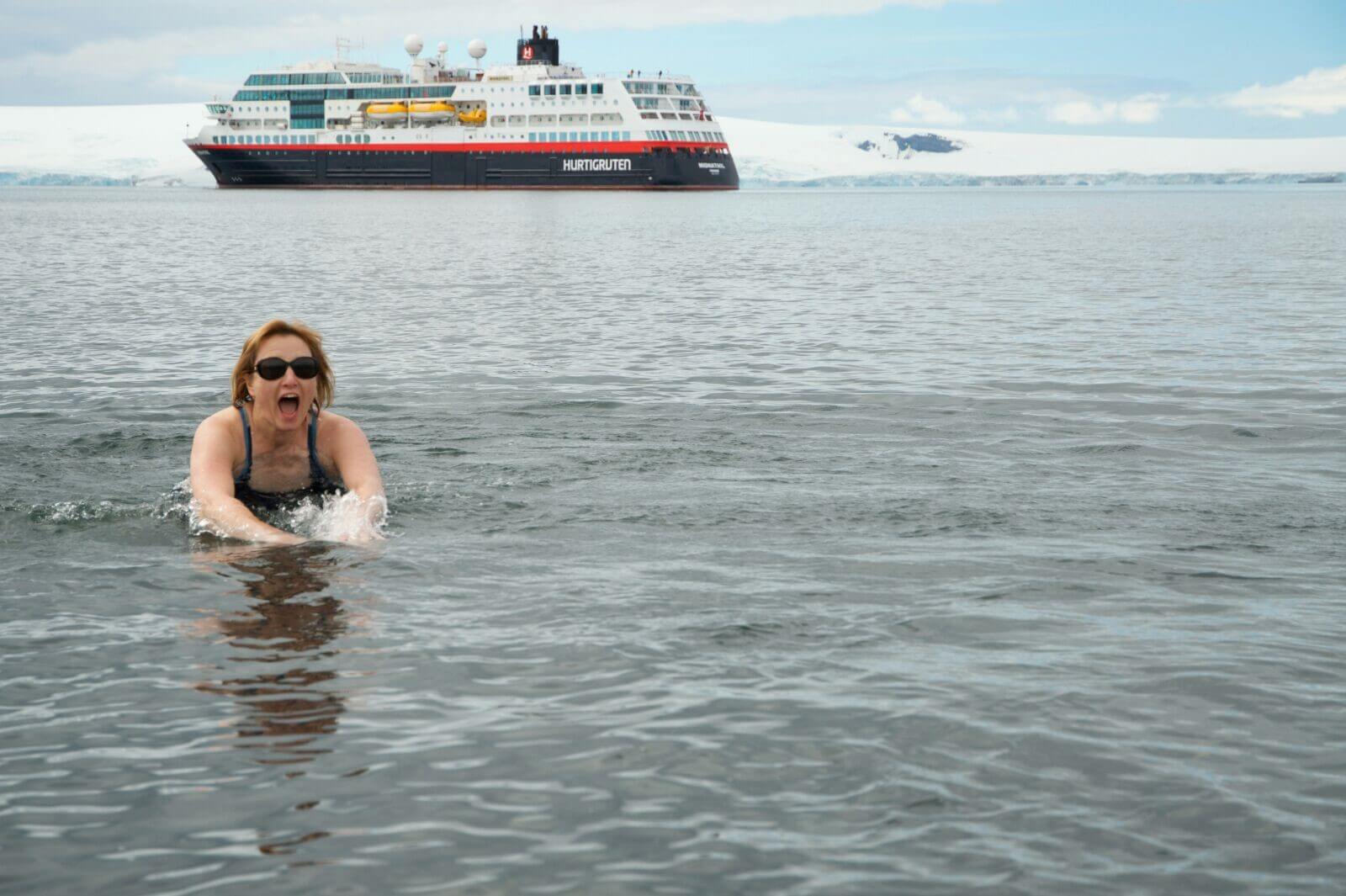
Swimming in the Antarctic is very much optional
It was very invigorating though and I felt really toasty and warm when I came out in spite of the icy waters. Afterwards I lay on the beach in the sun for half an hour feeling very content while the penguins pottered around me.
Deception Island and Neko Harbour
From here we travelled to Deception Island, a stunning volcano caldera five miles across, with panoramic views of snow-topped mountains surrounding a flat, grey sea that reflected the snowy peaks.
Fittingly, given that we were travelling with Hurtigruten, a Norwegian shipping company, we arrived in Neko Harbour on the December anniversary of Amundsen’s arrival at the South Pole and set foot on the Antarctic continental plate – the mainland – for the first time. It was as awe-inspiring as I’d imagined in to be, vast mountains across the water and a huge glacier making rumbling sounds and the occasional thunderous crash as small parts calved off into the water.
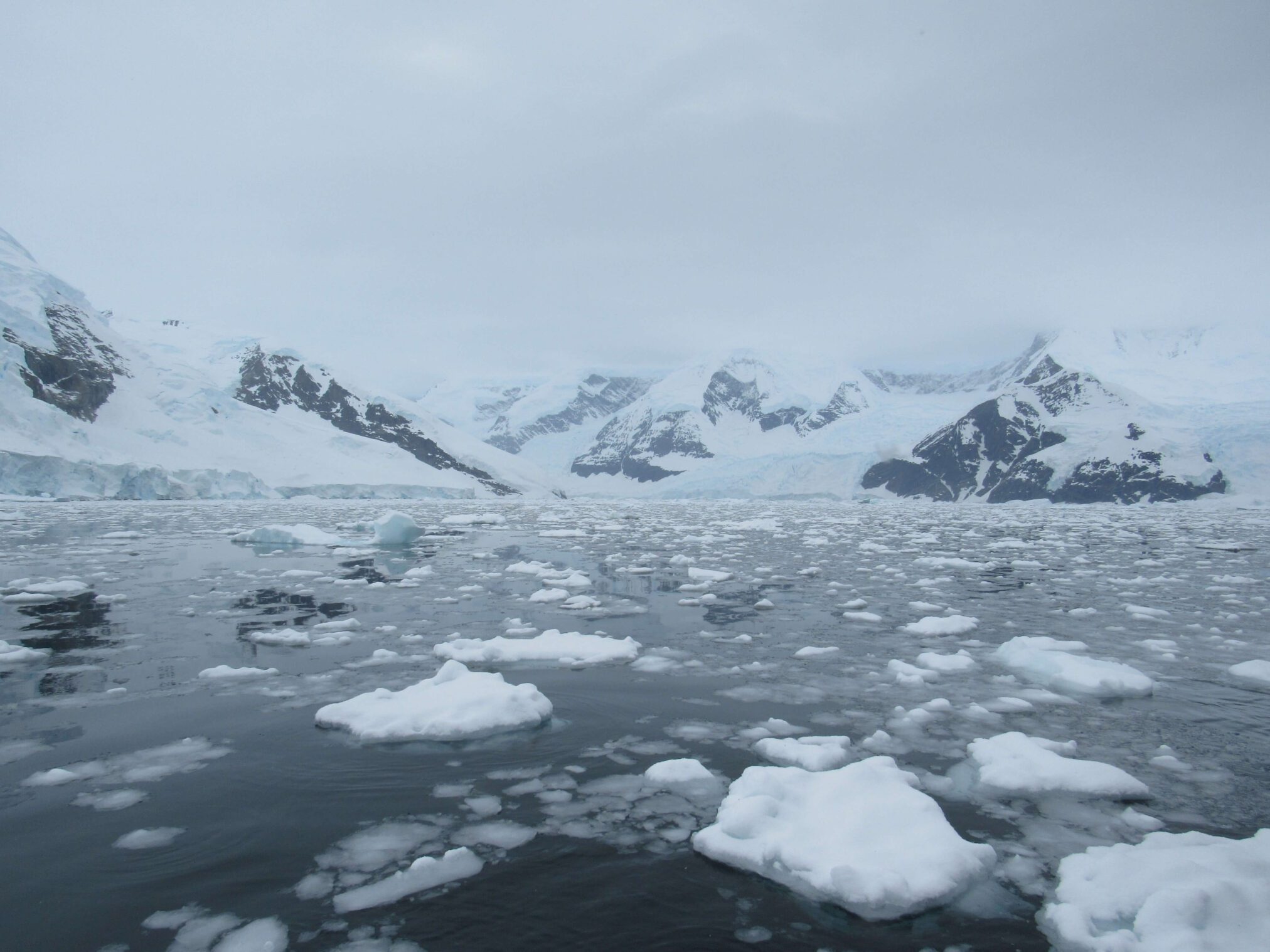
The ice got more prevalent and the scenery more dramatic the further south we went, such as Neko Harbour
Lemaire Channel
Each day the views and experiences became more incredible: hiking through the snow to the squawks of hundreds of gentoo penguins and the rumble and crash of a nearby glacier; walking on clear-blue ice that would disappear in a day; spotting fat leopard seals sunning themselves on the snow; and watching a pod of killer whales feed by the ship as we drifted across a wide stretch of water called the Lemaire Channel, which is guarded by two towering peaks.
There were humpback whales and birds soaring over the Southern Ocean to spot as well, and the natural beauty of the unique wildlife added to the joy of being on this ultimate Antarctic adventure.
Life onboard our Antarctic ship
When we weren’t hiking on the icy land with the expert guides or cruising in little Zodiac dinghies on the daily excursions, time was spent on board either eating – our ship, the MS Midnatsol, has an excellent restaurant – or listening to the fascinating talks from the expedition team (our trip included one from maritime campaigner Lewis Pugh).
There’s a rich and varied lecture programme on board each sailing, such as talks by camera crew and scientists who had worked on nature documentaries such as Blue Planet and Frozen Planet.
Subjects included seabirds of the Antarctic, biodiversity and productivity of the Antarctic ecosystem and the maritime history of Cape Horn which given by a passionate sailor and included lots of fascinating information about the tradewinds, sea clippers and the importance of Cape Horn before the major canals were constructed.
As we headed back from our most southerly point – we had to turn back when the ice threatened to engulf us – we were treated to a change from the monochrome landscapes with startling blue skies and deep blue water, with pure white-covered mountains surrounding us. We had a visit from the staff of Port Lockroy, the world’s most southerly Post Office, and stood on bright blue Antarctic ice in Wilhelmina Bay.


